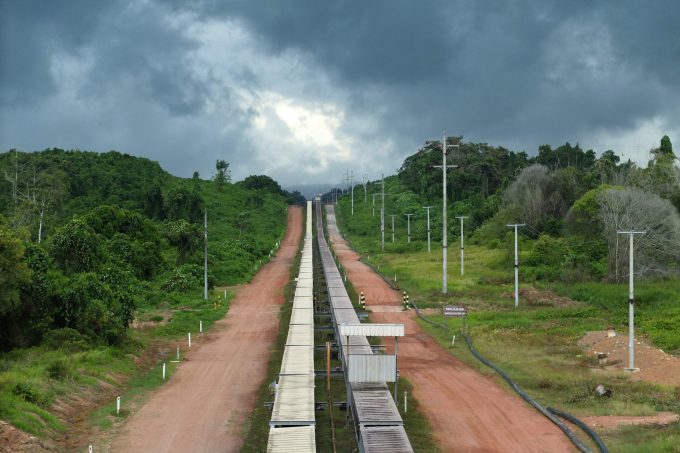CNBC: Japan and Philippines’ defense pact seeks to counter China’s aggression in the region, experts say
CNBC reports: Japan and Philippines’ defense pact signed on Monday seeks to counter China’s increasing aggression ...

Japan is hatching a new plan for a so-called ‘autoflow road’, replacing truck traffic with a 500km cargo conveying belt, travelling in tunnels under motorways, and beside them on the hard shoulder or central reservation, between Tokyo and Osaka.
The primary motivation for the scheme is dealing with the shortage in truck drivers, a problem common to many economies including the US and UK. Many of Japan’s truck drivers will age out of the pool by 2030, and according to a ...
Volcanic disruption at Anchorage could hit transpacific airfreight operations
Macron calls for ‘suspension’ – CMA CGM's $20bn US investment in doubt
Forwarders stay cool as US 'liberation day' tariffs threaten 'global trade war'
Shippers snap up airfreight capacity to US ahead of tariff deadline
De minimis exemption on shipments from China to the US will end in May
Tighter EU import requirements proving 'a challenge' for forwarders
Looming Trump tariffs will create 'a bureaucratic monster' for Customs

Comment on this article